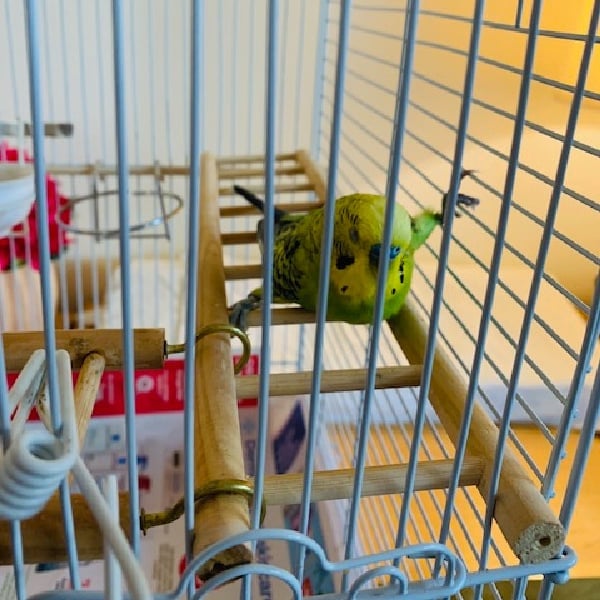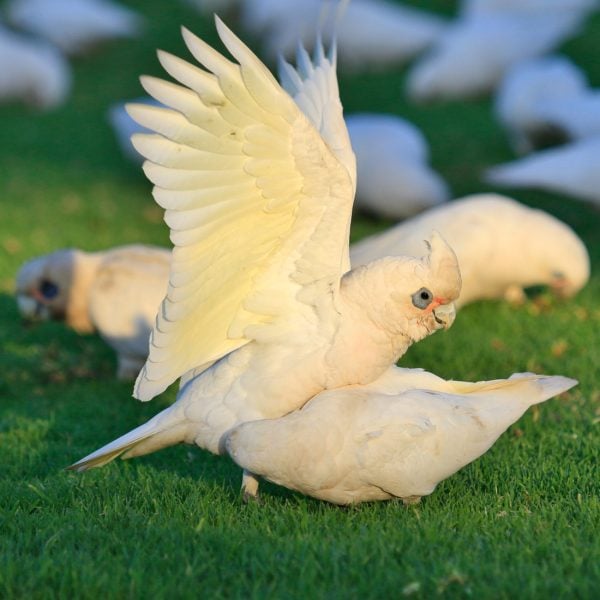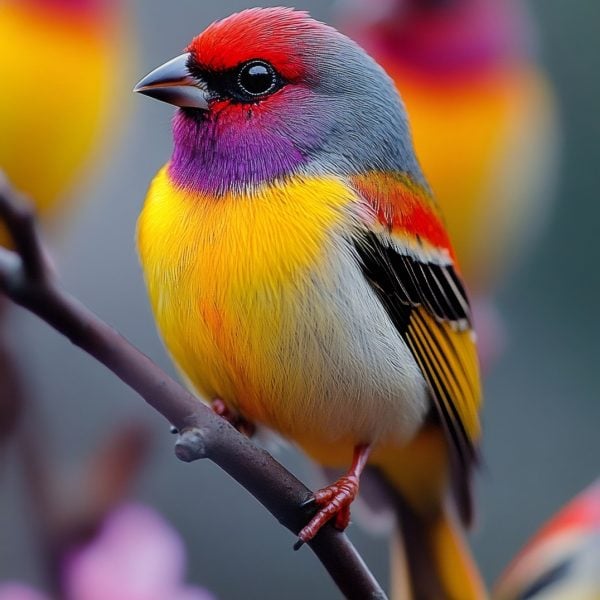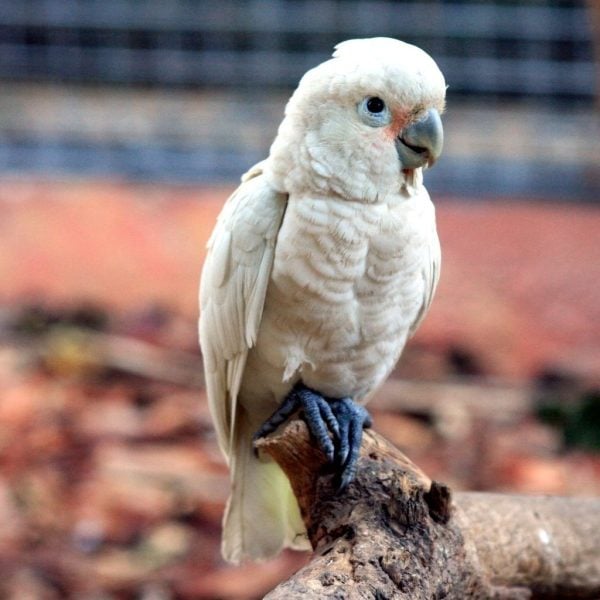Blog categories
Blog search
Blog archives

Pet Bird Ph.D.? Turns Out Birds Are Way Smarter Than We Thought!
May 10, 2025
No Comments
Read More »


Did You Know Some Birds Modify Their Food to Improve Its Flavor?
May 9, 2025
No Comments
Read More »




If Your Pet Bird Doesn’t Have a Neocortex How Come Its So Smart?
April 29, 2025
No Comments
Read More »

What Happens When Scientists Peer Inside Your Pet Birds Head?
April 28, 2025
No Comments
Read More »
